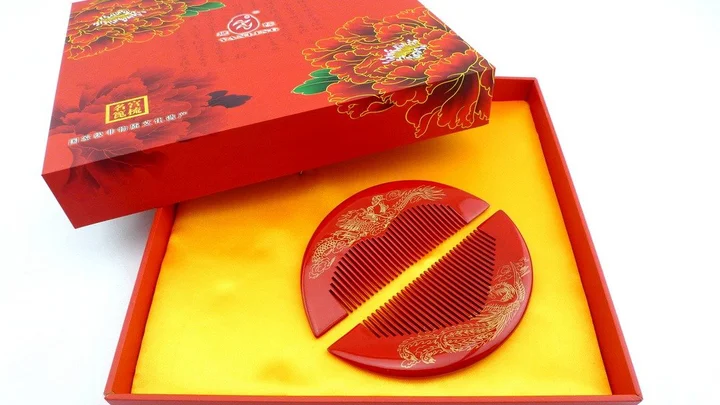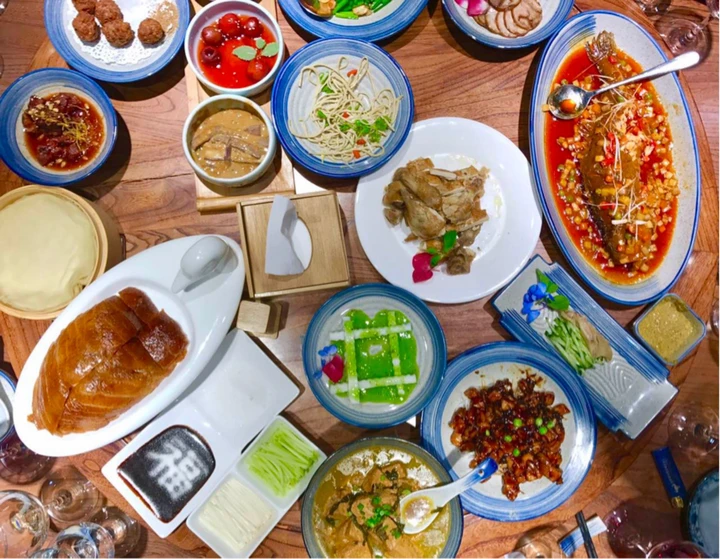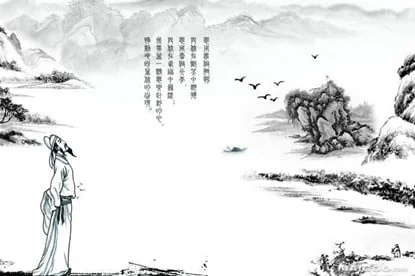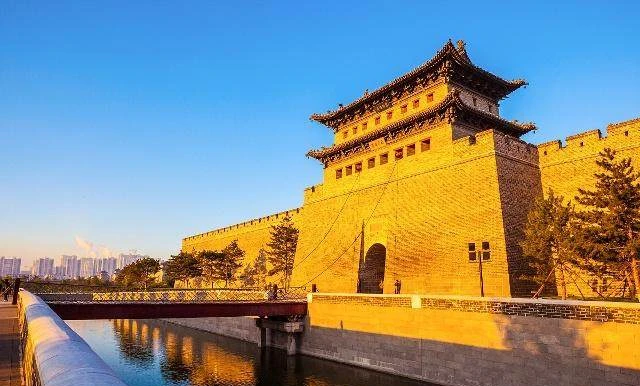Ten traditional crafts of various places-Jiangsu Province
Jiangsu, one of the birthplaces of ancient Chinese civilization with the four major cultural and regional characteristics of Jinling, Huaiyang, Central Plains and Wu, is located in the Yangtze River Delta region. According to the official website of the government, Jiangsu has 125 national intangible cultural heritage projects, and 10 A masterpiece of human intangible heritage.

1: Huishan Clay Figure
Huishan clay figurines, which have a history of more than 400 years and originated in Wuxi, Jiangsu, are Chinese National Geographical Indication products in the ancient town of Huishan. They were praised by Emperor Qianlong for their superb skills during the Qing Dynasty. In 2012 , Huishan Clay Figure Factory was also officially rated as a Chinese Time-honored Brand by the Ministry of Commerce.
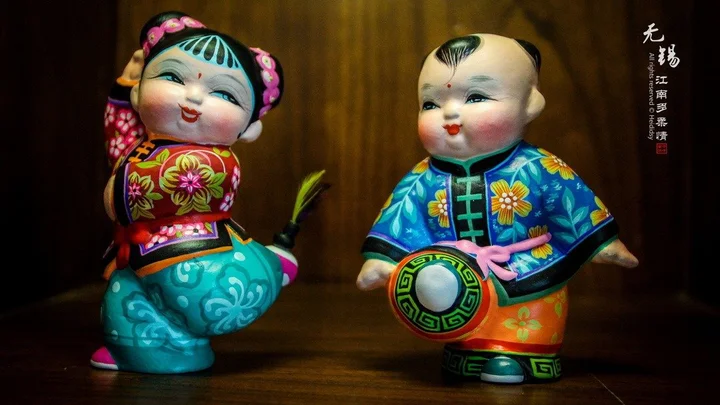
2. Suzhou embroidery
Suzhou embroidery, which originated in Suzhou, is one of the four famous embroidery with a history of more than 2,000 years and one of the top ten embroidery in China. Among the fine arts, Zhenhu's Suzhou embroidery products are the most famous, and 80% of the Suzhou embroidery products come from Zhenhu.
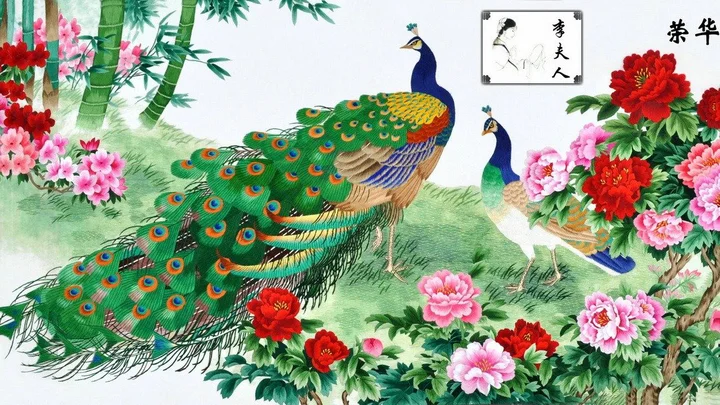
3. Yuhua Stone
Yuhua Stone is a natural agate stone mainly produced in Yuetang Town, Liuhe District, Nanjing. It is an ornamental stone with the reputation of "Queen of Stones". The aragonite is also a treasure among the stones with countless interesting stories of Yahi.
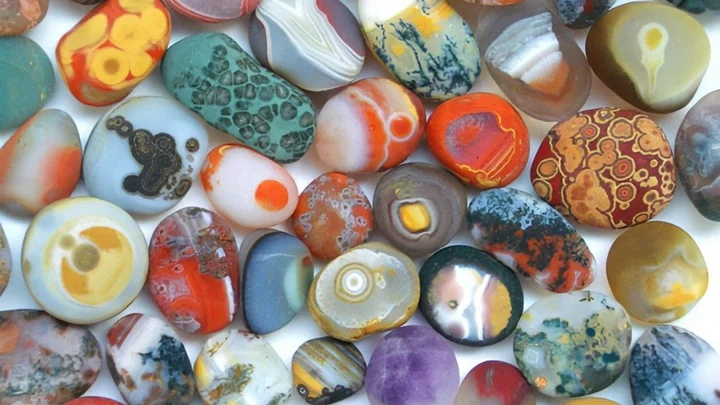
4. Nanjing Lantern
Nanjing Lantern, a cultural product originated from the Chinese traditional agricultural era when Emperor Wu of the Han Dynasty set up an altar to worship the Taiyi God, integrates life functions and artistic characteristics, and the common materials for making lanterns are bamboo, wood, silk, feathers, shells, etc. Mainly, and divided into chandeliers, wall lamps, lanterns and other categories.
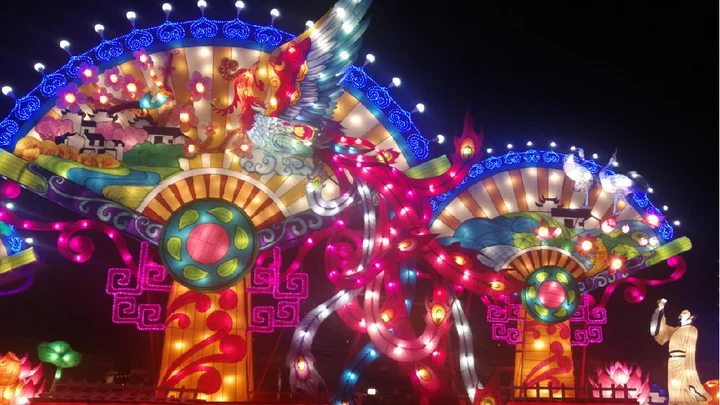
5. mahogany carving
Mahogany carving is a traditional carving art with a long history that originated in Suzhou. The wood usually adopts a traditional mortise and tenon structure. The carving products also have the style of excellent workmanship, concise shape, and polished and bright style. It is regarded as a precious gift to international friends and goes to the international market.
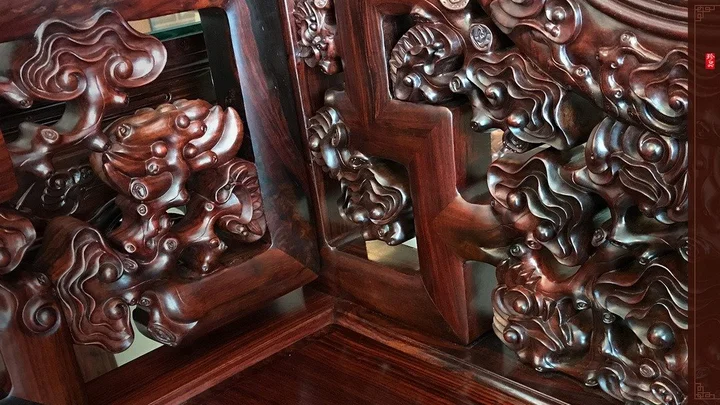
6. Song Jin
Song brocade is mainly a traditional Chinese silk handicraft in the Suzhou area. It is one of the four famous brocades in China with the reputation of "the crown of splendor", with exquisite circles, gorgeous color and firm texture, and this is widely used in clothing and decoration. In 2006, the silk handicrafts of such products were listed as national intangible cultural heritage.
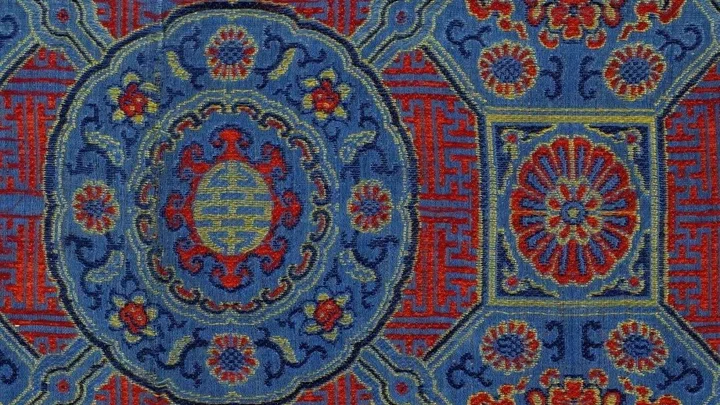
7. Su fan
Su fan is one of the traditional Chinese handicrafts famous for its long history and exquisite production methods. Sandalwood fans, folding fans and silk palace fans are the most representative handicrafts. Bamboo is the main material, and expensive Su fans are also made of precious materials such as ivory and tortoiseshell.
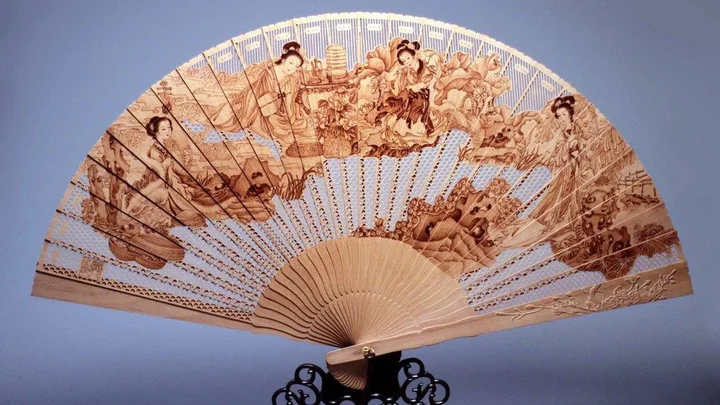
8. Taihu Stone
Taihu Stone is one of the four famous ancient Chinese strange stones, which are called together with Yingshi, Lingbi stone and yellow wax stone. , lawns and courtyards and other tourist attractions.

9. Suzhou Lake Pen
Suzhou Lake Pen is the "Four Treasures of the Study" together with Hui ink, Xuan paper and Duan inkstone. It is an important symbol of the long and splendid Chinese civilization. In 2006, the craftsmanship of Lake Pen was listed as a national intangible cultural heritage, and this one has "the crown of the pen". The well-known Suzhou Lake Pen also has the characteristics of fine craftsmanship, wide variety and exquisite selection of materials.

10. Changzhou comb
Changzhou comb is also known as grate, and has a long history of traditional art in Changzhou, Jiangsu. The products can usually be divided into two categories: combs and wooden combs. Usually, the combs are made of bamboo, beef bones and raw lacquer as raw materials, while wooden combs are used as raw materials. It uses boxwood and briar wood as raw materials, and was listed as a national intangible cultural heritage by the State Council in 2008.
